



DESCRIPTION:
Clemens Riefler, Nesselwang, type A3 astronomical regulator with barometric compensation and electric remontoire, glazed oak case with cast iron, rear mounted movement mounting and levelling bracket, silvered arabic numeral astronomical dial with blued steel hands, signed "Clemens Riefler Nesselwang No. 740 1958", jeweled movement with knife edge suspension resting on polished agate pads, gravity escapement with jewelled, single arm impulse levers, and also fitted with a wheel on the escape arbor with jewelled switch for sending signals at one second intervals, J type seconds beating pendulum with barometric compensation, weight tray and six weights for fine regulation, serial #3456, and adjustable beat scale, including an additional, purpose made plexiglass dial, to allow viewing of the front plate and remontoire
CONDITION:
rear side of case back with losses to veneer, case with a few minor bumps and dings, dial with minor marks and scratches, minute hand with minor abrasion, movement dirty, oily, needs service, pendulum bob with minor dents at right edge, back of bob with minor scratches and dings, pendulum rod good, barometric auxiliary good, tray with minor distortion, plexiglass dial with scratches. Sigmund Riefler (8/9/1849 - 10/21/1912) was the son of Clemens and Magdalena Riefler, and was responsible for the advancements that brought the Riefler firm to the forefront of precision timekeeping. His innovations include his spring impulse escapement, which isolated the pendulum from direct contact with the escapement, and provided a more equal impulse, a scientific and mathematical approach to the improvement of compensated pendulums, which reduced the reliance on an empirical, and inexact approach to the refinement of design, and finally, his electric remontoire, which eliminated the need for much of the wheelwork, with a resultant reduction in friction and irregularities in power transmission to the escapement. His patented gravity escapement, seen in this lot and lot 169, was employed in situations where vibration was a significant concern, and in cases where sufficiently skilled labor was unavailable to install and adjust the spring impulse timekeeper and it's pendulum. Riefler's late 19th century regulators significantly improved the accuracy of the pendulum clock, and became the standard for observatory use until surpassed by the Shortt - Synchronome free pendulum clock, c1920.
ESTIMATE:
$25000
-
$35000
PRICE SOLD:
$14000
CIRCA: 1958
DIMENSIONS: 61in x 19in x 9in
VIDEO:
![]()

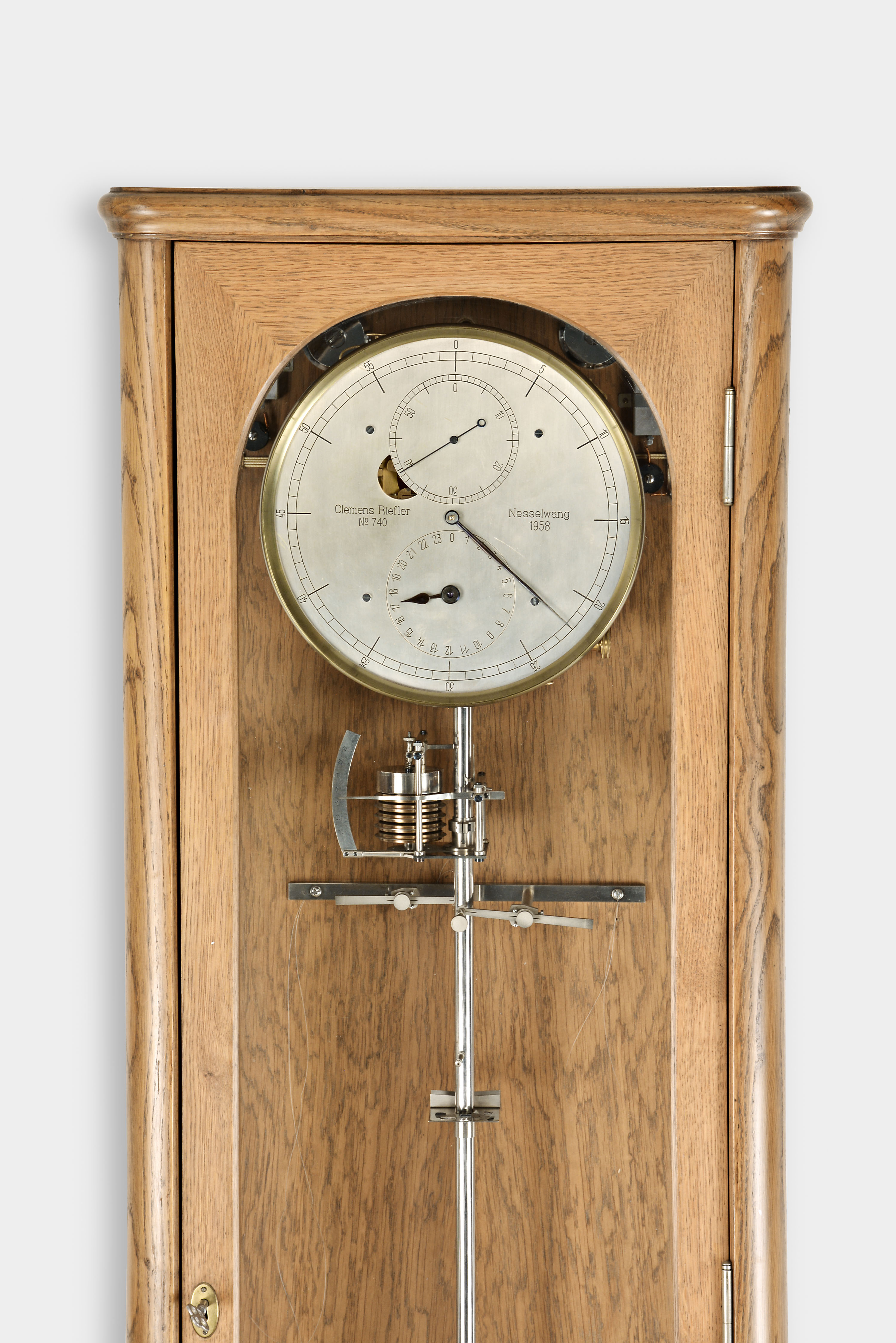

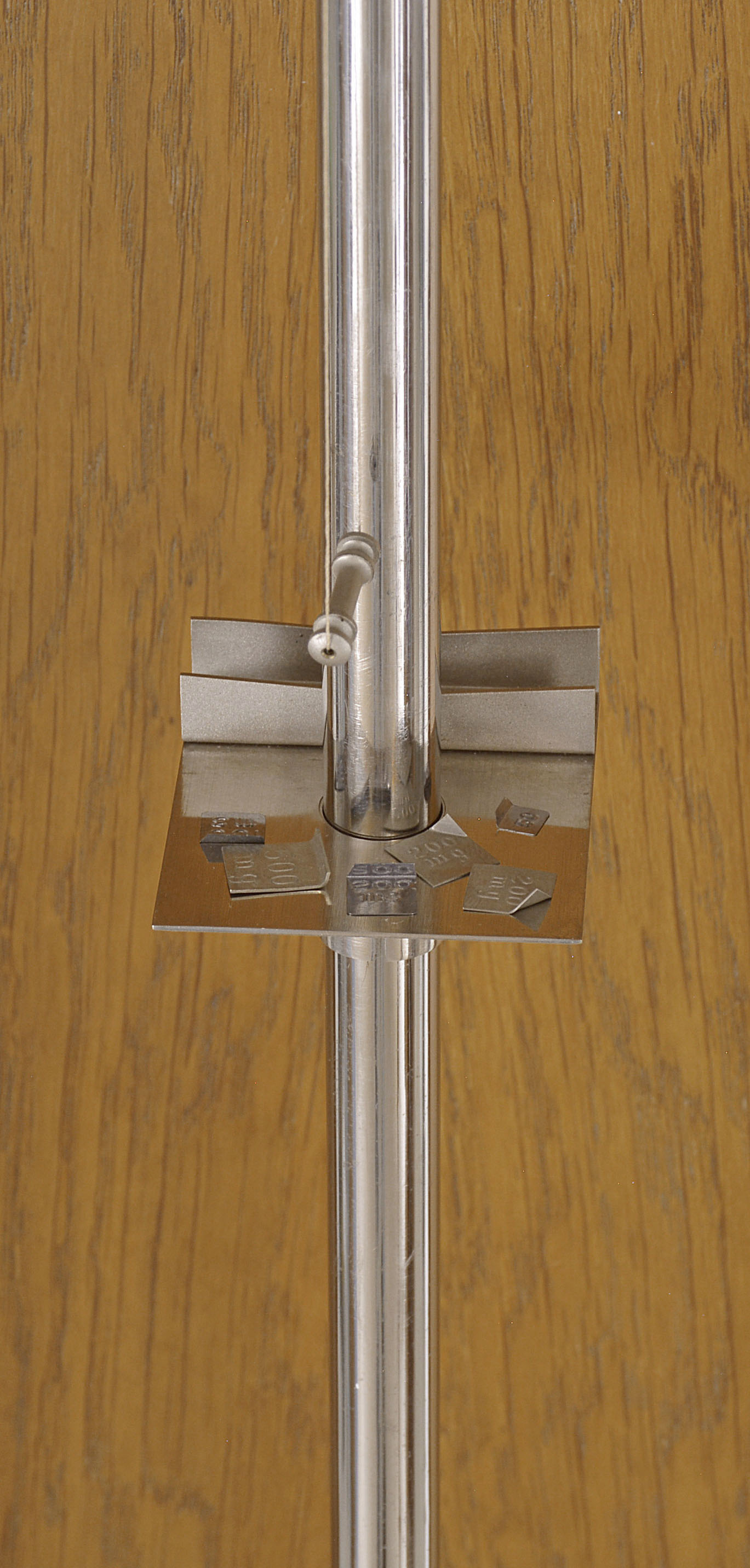

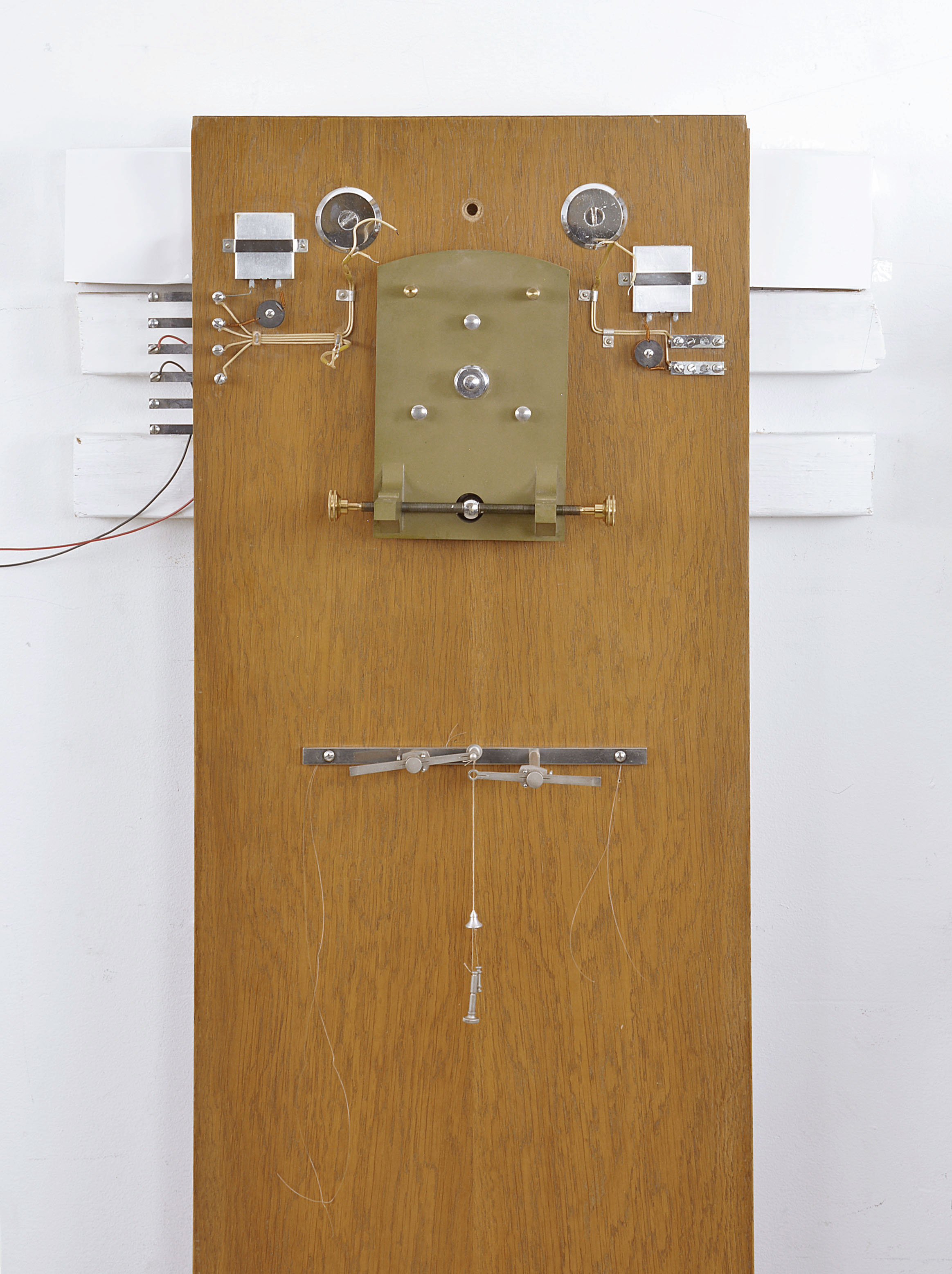
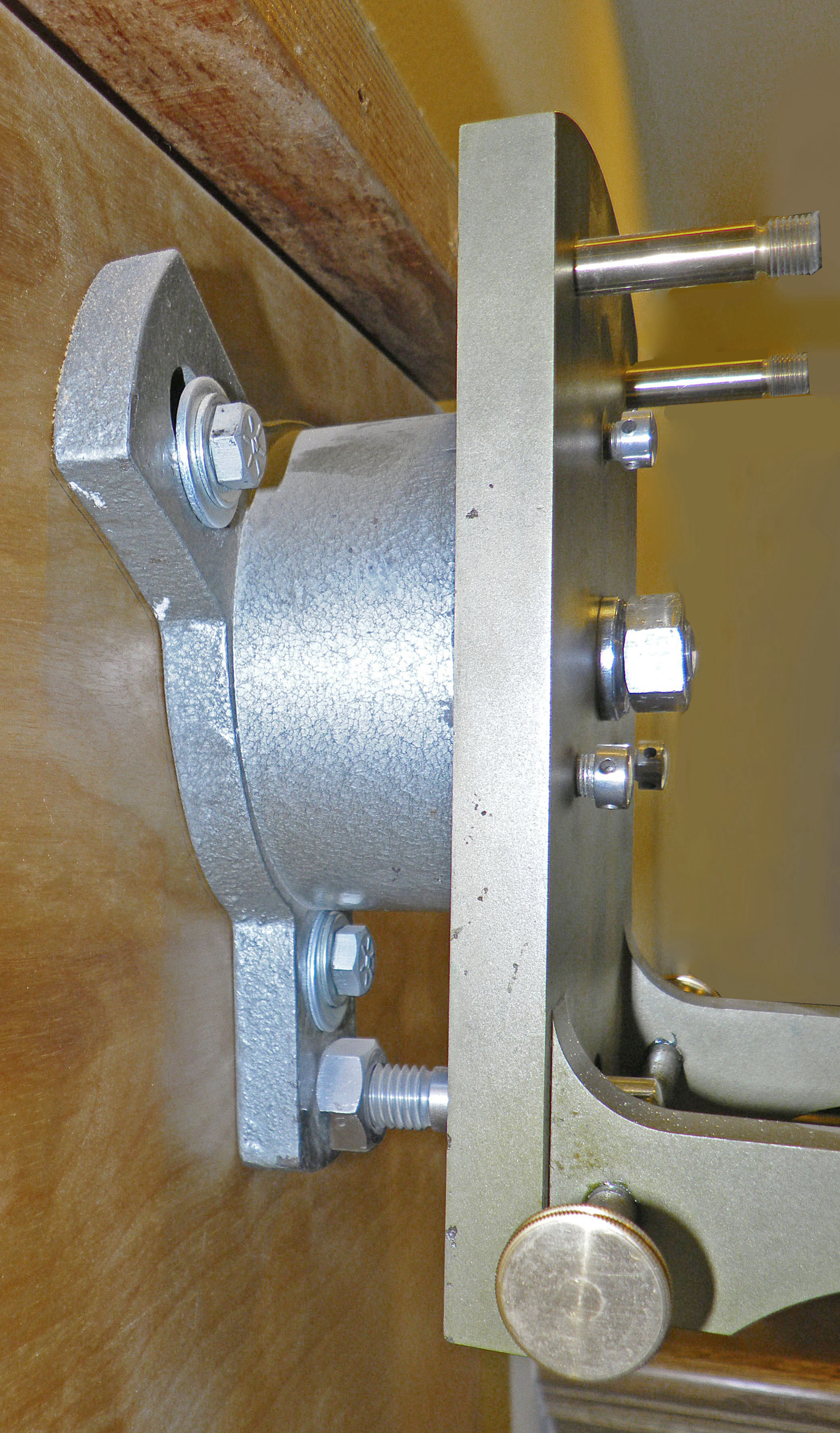
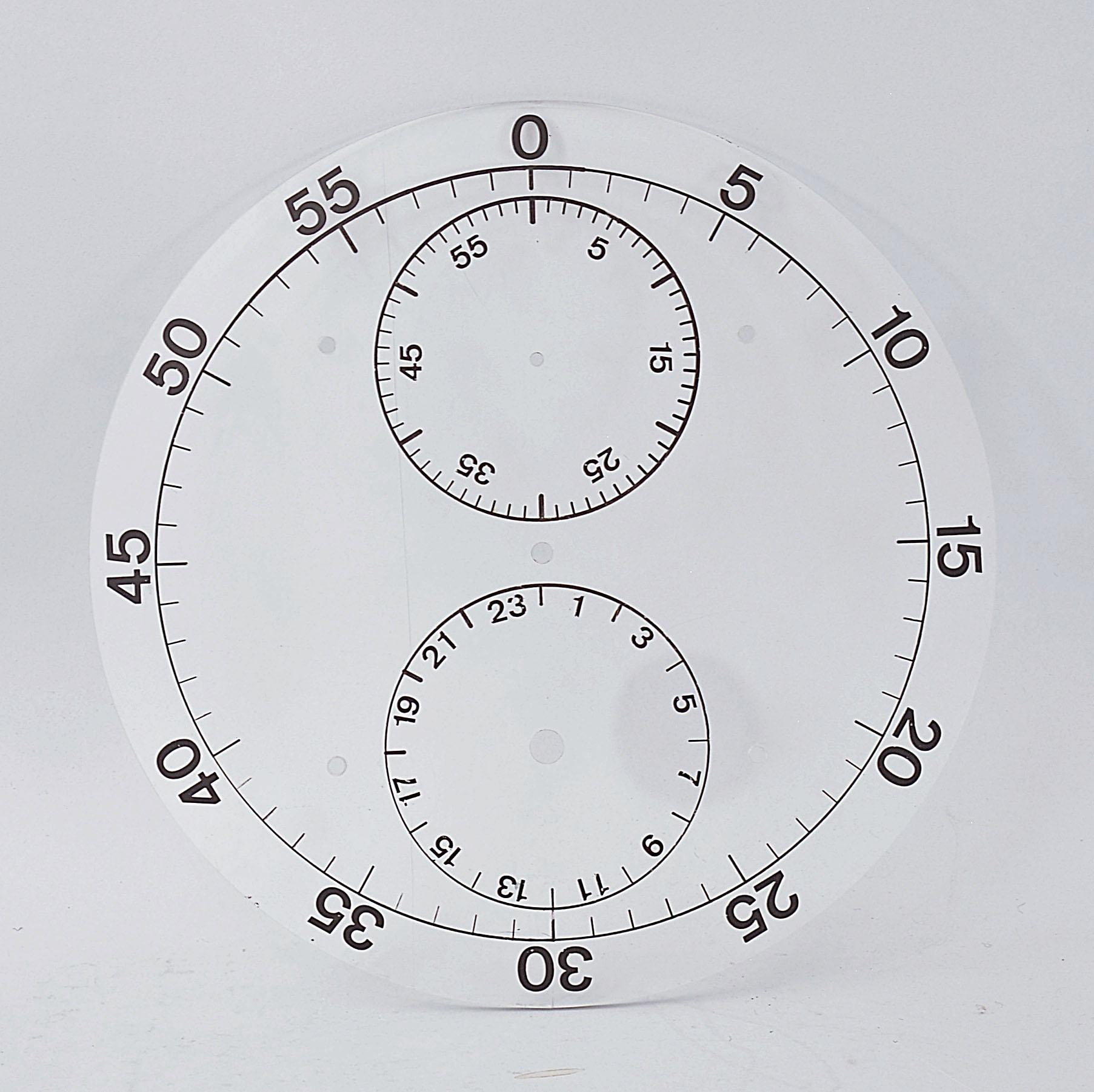










 "
"
 "
"
 "
"
 "
"
 "
"
 "
"
 "
"
 "
"
 "
"
 "
"
 "
"
 "
"
 "
"
 "
"
 "
"
 "
"
 "
"
 "
"